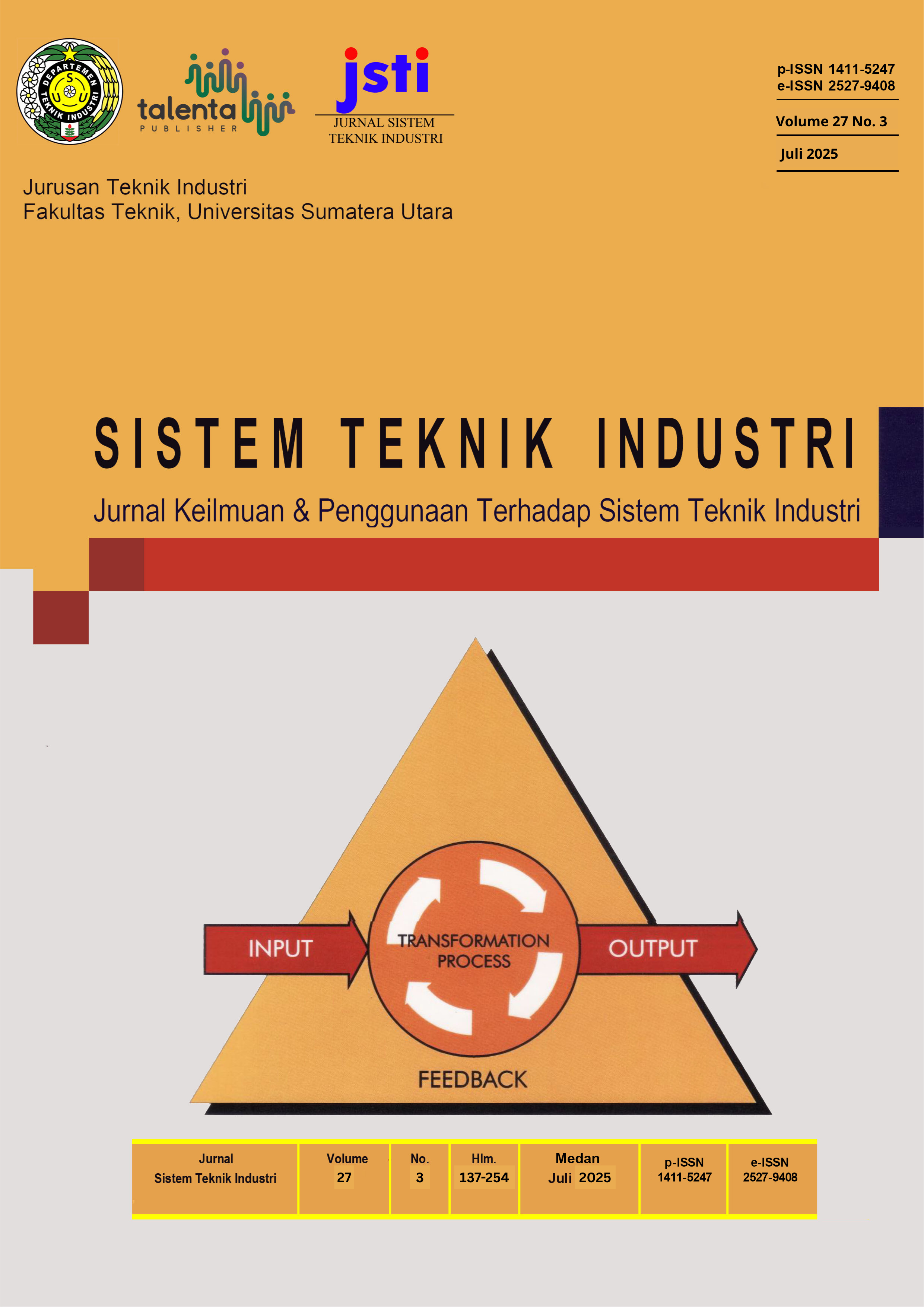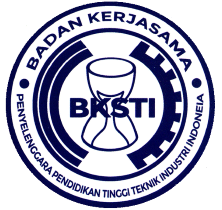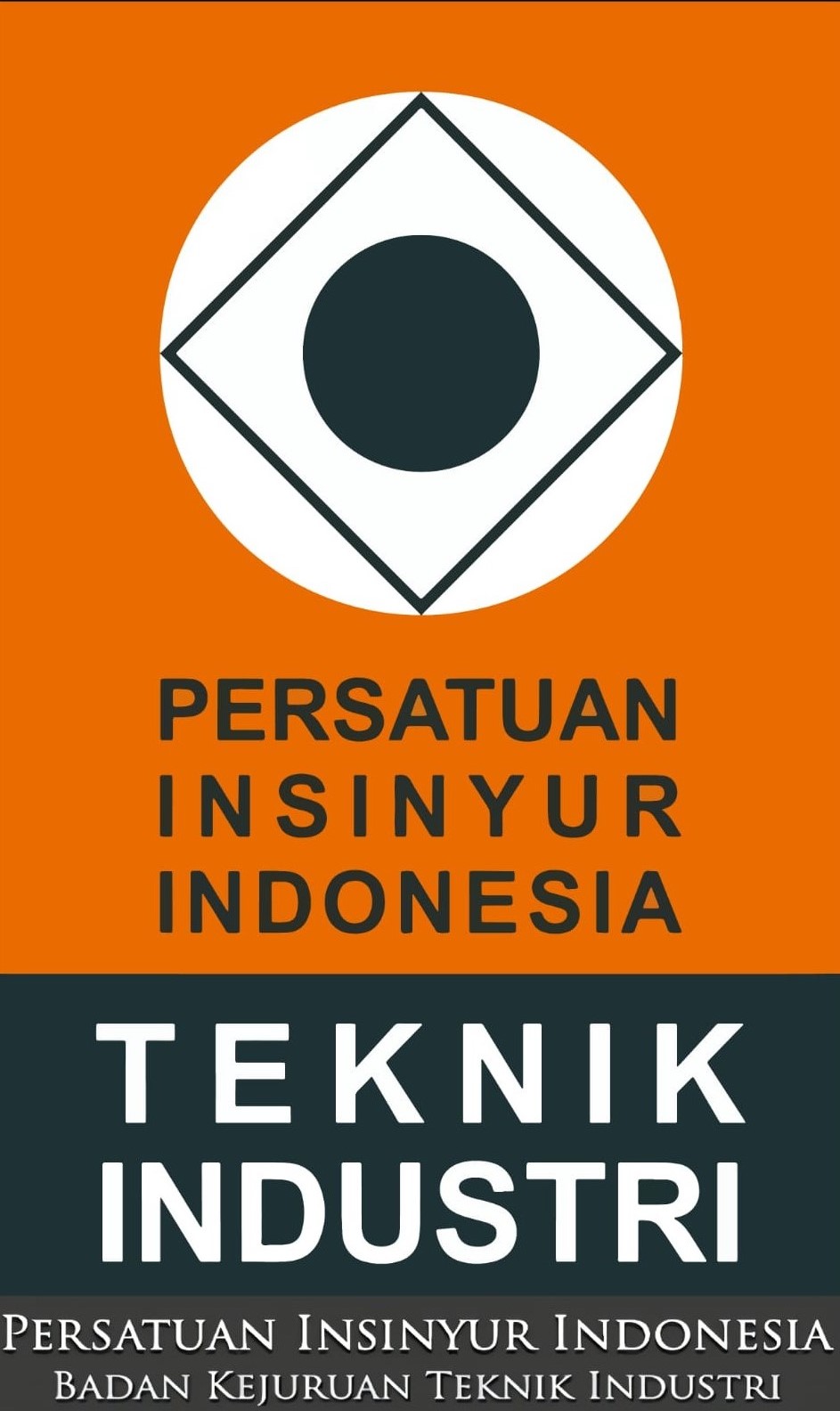a Designing Ergonomic Seating for Stone Bara Songket Woven Fabric Craftsmen as an Effort to Reduce Mosculeskeletal Complaints Using Rapid Entire Body Assessment (Reba) at Umkm Rumah Songket Maisyarah
DOI:
https://doi.org/10.32734/jsti.v27i3.20002Keywords:
Anthropometry, Nordic Body Map, Rapid Entire Body Assessment, Songket WeaversAbstract
UMKM Rumah Songket Maisyarah is one of the micro, small, and medium enterprises in the field of songket weaving. The process of making songket fabric still uses Alat Tenun Bukan Mesin (ATBM) with seating consisting of simple boards without cushions or backrests. The weavers for 8 hours a day in a sitting posture. Based on the results of the Nordic Body Map questionnaire distribution, it was found that the weavers complained of pain in the back, shoulders, waist, buttocks, thighs, and calves. If this is left untreated for a long time, it will result in weavers suffering from musculoskeletal disorders. The purpose of this research is to assess the work posture and propose an ergonomic seating arrangement for weavers to reduce the risk of musculoskeletal disorders. The method used in this research is Rapid Entire Body Assessment. The results of the posture assessment show that the weavers are at a high level of musculoskeletal risk. The researchers proposed the design of a songket weaving seat that aligns with the anthropometric data of the weavers, with a seat height of 47.1 cm, a seat depth of 48.65 cm, a seat length of 100 cm, a backrest height of 59.9 cm, a backrest length of 100 cm; and seat and backrest thickness of 4 cm. It is hoped that this proposal can reduce the risk of musculoskeletal disorders among songket weavers in Batu Bara.
Downloads
References
F. Izzati and P. Dahlia, “Kain Tenun Songket Dan Fungsi Budayanya Bagi Masyarakat Di Nagari Pandai Sikek,” Artchive Indones. J. Vis. Art Des., vol. 1, no. 1, 2021, doi: 10.53666/artchive.v1i1.1557.
H. Hendra and D. Agustin, “Eksistensi Tenun Songket Halaban Kabupaten Lima Puluh Kota,” Gorga J. Seni Rupa, vol. 11, no. 1, 2022, doi: 10.24114/gr.v11i1.28908.
K. Sawita and S. S. Br Ginting, “Identifikasi Etnomatematika: Motif dalam Kain Songket Tenun Melayu Langkat Sumatera Utara,” J. Cendekia J. Pendidik. Mat., vol. 6, no. 2, 2022, doi: 10.31004/cendekia.v6i2.1491.
C. I. Erliana and M. Zakaria, “Work Posture Analysis in The Chips Frying Section Using Workplace Ergonomic Risk Assessment Method,” vol. 4, no. 4, pp. 18–23, 2024.
Stochkendah Mette, Worker participation in the prevention of musculoskeletal risks at work. 2022. [Online]. Available: https://osha.europa.eu/en/publications/worker-participation-prevention-musculoskeletal-risks-work%0Ahttp://europa.eu
R. Tavakkol, A. Karimi, S. Hassanipour, A. Gharahzadeh, and R. Fayzi, “A multidisciplinary focus review of musculoskeletal disorders among operating room personnel,” Journal of Multidisciplinary Healthcare, vol. 13. 2020. doi: 10.2147/JMDH.S259245.
S. Mahmood, M. N. Hardan, M. K. Samat, N. S. Jiran, and M. F. Shaari, “Ergonomic posture assessment of butchers: A small enterprise study in Malaysia food industry,” J. Teknol., vol. 81, no. 6, 2019, doi: 10.11113/jt.v81.13615.
A. Sugiarto, “Hubungan Antara Desain Kursi Kerja Dengan Keluhan Nyeri Punggung Bawah,” Unnes J. Public Heal., vol. 2, no. 1, 2015.
A. P. Nevita, “Pengembangan Kursi Kerja Ergonomis di UKM Tenun Ikat Medali Mas,” Jati Unik J. Ilm. Tek. dan Manaj. Ind., vol. 3, no. 1, 2019, doi: 10.30737/jatiunik.v3i1.495.
D. Nurkertamanda, A. Najib, A. Bakhtiar, S. N. W. Pramono, and Y. Widharto, “Perancangan Ulang Stasiun Kerja Tenun Desa Wanarejan Utara Pemalang Dengan Metode Verein Deutscher Ingenieure (VDI) 2221,” Nov. 2020.
A. M. Lamarão, L. da C. M. Costa, M. L. C. Compera, and R. S. Padula, “Observational methods for biomechanical risk assessment in workers: a systematic review,” Fisioter. em Mov., vol. 30, no. 2, 2017, doi: 10.1590/1980-5918.030.002.ar01.
A. Ahmad, I. Javed, U. Abrar, A. Ahmad, N. R. Jaffri, and A. Hussain, “Investigation of ergonomic working conditions of sewing and cutting machine operators of clothing industry,” Ind. Textila, vol. 72, no. 3, pp. 309–314, Jun. 2021, doi: 10.35530/IT.072.03.1723.
Downloads
Published
How to Cite
Issue
Section
License
Copyright (c) 2025 TALENTA Publisher Universitas Sumatera Utara

This work is licensed under a Creative Commons Attribution-ShareAlike 4.0 International License.
The Authors submitting a manuscript do so on the understanding that if accepted for publication, the copyright of the article shall be assigned to TALENTA Publisher Universitas Sumatera Utara as the publisher of the journal.
Copyright encompasses the rights to reproduce and deliver the article in all forms and media. The reproduction of any part of this journal, its storage in databases, and its transmission by any form or medium will be allowed.






















